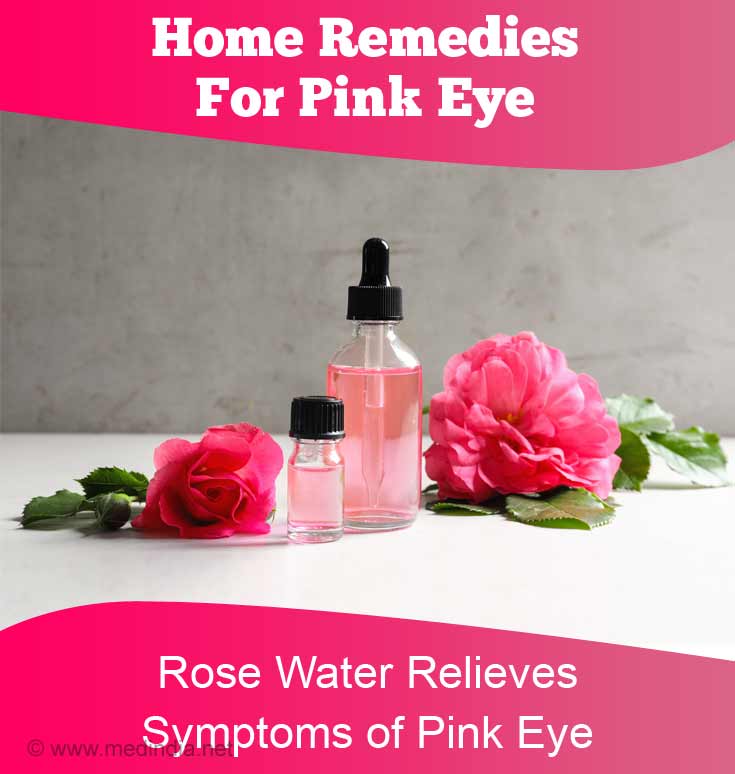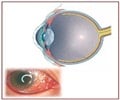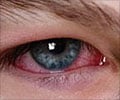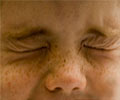What is Pink Eye?
Pink eye is an inflammatory condition that affects the conjunctiva, which is a thin membrane that sheaths the whites of the eyes. This thin membrane helps to keep the eyes moist and lubricated by producing mucus and tears and it also helps to protect against any microbes that would otherwise enter the eye.
The conjunctiva can sometimes suffer inflammation and irritation because of bacterial or viral infections or also as a result of an allergic reaction. This condition of the inflamed conjunctiva is called conjunctivitis but is commonly referred to as pink eye because of the most distinctive feature of the condition – a reddening of the eyes. It is not actually the eyes that become red, but the inflammation of blood vessels in the membrane that makes them more pronounced and visible.
The condition can cause considerable discomfort and irritation but is rarely threatening and usually, will have no effect on vision. In case of bacterial infections, antibiotics may be prescribed, but when dealing with pink eye caused by a viral infection or allergic reaction, treatment simply aims to provide relief from the symptoms and the condition itself resolves naturally as the infection runs its course or once the allergen is removed. If caused by an infection, it can be highly contagious and steps should be taken to limit its spread.
Home Remedies for Pink Eye
Pink eye remedies are quite popular because treatment is primarily aimed at providing relief. If an infection is to run its course and treatment is directed only towards symptoms, there is little difference to the outcome whether one uses natural remedies for conjunctivitis or conventional treatments. Conjunctivitis home remedies are widely used because they are cheaper and milder. Some of the most commonly used pink eye home remedies and tips to treat pink eye include:
- Compresses: You can use warm or cool compresses to get relief from the symptoms of pink eye. You can try using both types of compress to see which is more effective for you, but as a general rule, warm compresses work best for infectious pink eye caused by bacterial or viral infections, while cold compresses work better for allergic conjunctivitis. The usage of compresses should help to reduce inflammation and redness in the eye. Keep in mind that pink eye is highly contagious and can easily spread from one eye to the other, so avoid reusing the same compress for both eyes.
- Hygiene: Pink eye causes considerable tearing and discharge, making it necessary to clean the eyes frequently. When cleaning your eyes, make sure to wipe in an outwards direction. It means that you should use wipes from the nose towards the outside of the eye. As with compresses, avoid using the same wipe for both eyes and also avoid reusing wipes. Make sure to wash your hands thoroughly after cleaning each eye, as the infection can spread from one eye to the other.
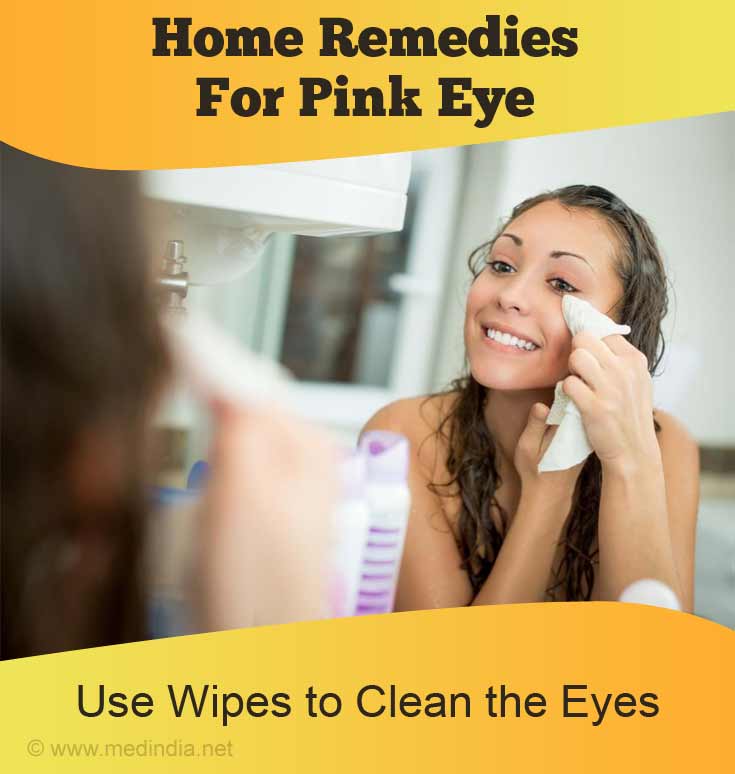
- Breast Milk: Pink eye in toddlers is not uncommon and most mothers claim that breast milk works wonders for newborn eye infections. Studies that have investigated the effects of breast milk have pointed to the role of immunoglobulin A, an antibody in breast milk and colostrum in controlling not just eye infections, but also cancer. This beneficial effect is attributed to the presence of numerous leukocytes and various kinds of immunoglobulins, especially in colostrum, which is basically the first milk produced late in pregnancy. Researchers are investigating these health benefits also point out that the use of colostrum is also free of any side effects as opposed to treatment with antibiotics.
- Honey: This is probably one of the best natural remedies for pink eye. Numerous studies have supported the healing properties of honey and researchers have found that it contains antimicrobial and anti-inflammatory properties that make it the perfect remedy for burns and open wounds. Honey was, in fact, used as a traditional remedy to treat wounds since ancient times. The use of honey as a topical application was also found to reduce bacterial activity around the eyes. Some studies have also found that honey may be a viable alternative to antibiotic eye drops used to treat bacterial conjunctivitis because of the strong antibacterial activity demonstrated by honey. Researchers found that it not only reduces inflammation, redness and discharge, but it also reduces recovery time.
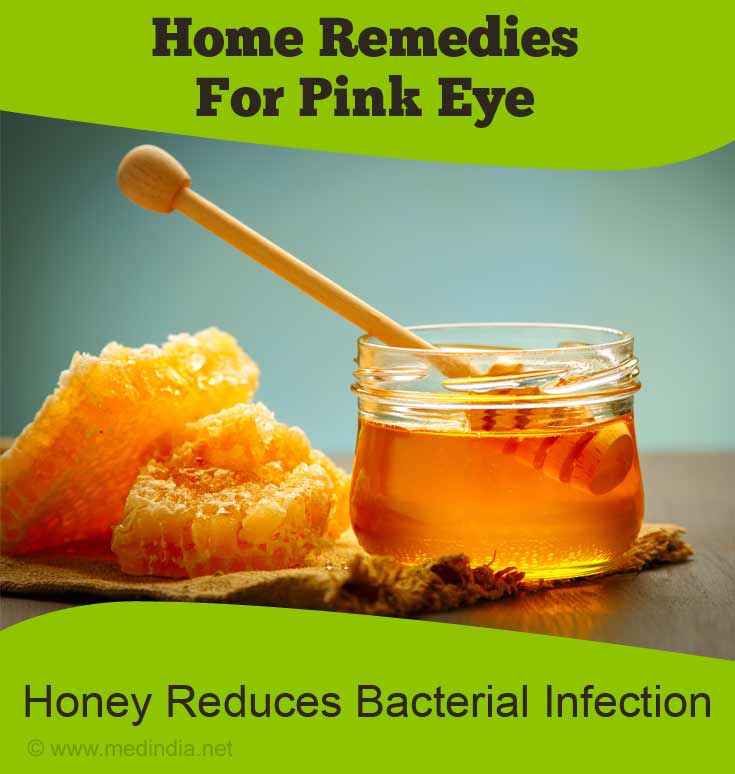
- Potato Peels: Potatoes are among the most widely used of all vegetables or roots, to be more precise, in kitchens across the world and the peel is almost always discarded. Potato peels can come in quite handy if you’re down with pink eye, however, as they could offer considerable relief from the symptoms. While they will not help cure the condition, they can help reduce inflammation. There have been studies into the antioxidant properties of potato peels and some studies have even supported their use as a dressing for burn wounds.
- Calendula: According to some practitioners of natural medicine, applying calendula ointments to the eyes should help relieve inflammation and redness associated with pink eye. This may be true as investigations into the efficacy of calendula as a medical aid have been encouraging and initial research has shown that the application of calendula ointment may actually help reduce radiation dermatitis during cancer therapy.
- Tea bags: While the overconsumption of tea does pose some ill effects, tea leaves do offer a number of health benefits and have held an important place in traditional Chinese medicine. To treat pink eye you can simply make an eyewash with a diluted or weak tea and you can also use tea bags like a compress after having soaked them in water. Today, a lot of these benefits are attributed to tea polyphenols and tannin components that display antimicrobial properties and inhibit the growth of several types of fungi, bacteria and viruses.
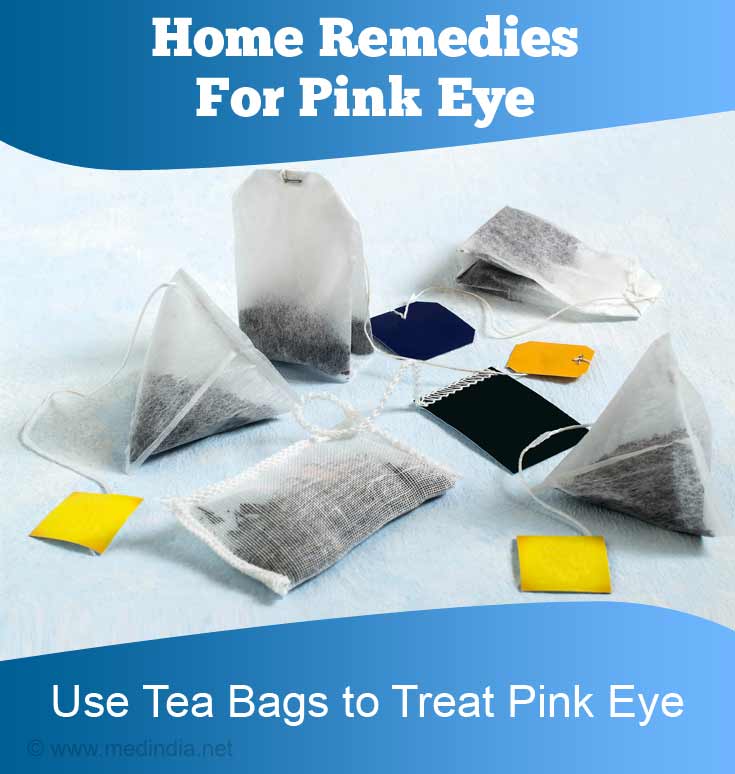
- Boric acid: According to some patients, boric acid helps treat pink eye and they claim success with self-treatment. Apparently, when diluted with water it makes for a great eyewash because of its known antibacterial properties. Nevertheless, there is not much evidence to support this remedy and caution is recommended as dosage requirements and handling methods can have a significant effect on the outcome.
- Goldenseal: Goldenseal is widely used in the treatment of various health conditions and it is ascribed with anti-inflammatory, antimicrobial, and astringent properties. Natural health enthusiasts claim that warm water solutions containing goldenseal can treat conjunctivitis but there is scant evidence to support any of the purported health benefits of goldenseal.
- Rose water: Rose water occupies a central place in Indian culture and is to be found in most homes in the subcontinent. According to traditional Ayurvedic texts, the solution contains anti-infective and anti-inflammatory properties. While these claims are yet to be verified, soaking a cotton swab in cold rose water and keeping it over the eyelids do provide significant relief from the symptoms.
